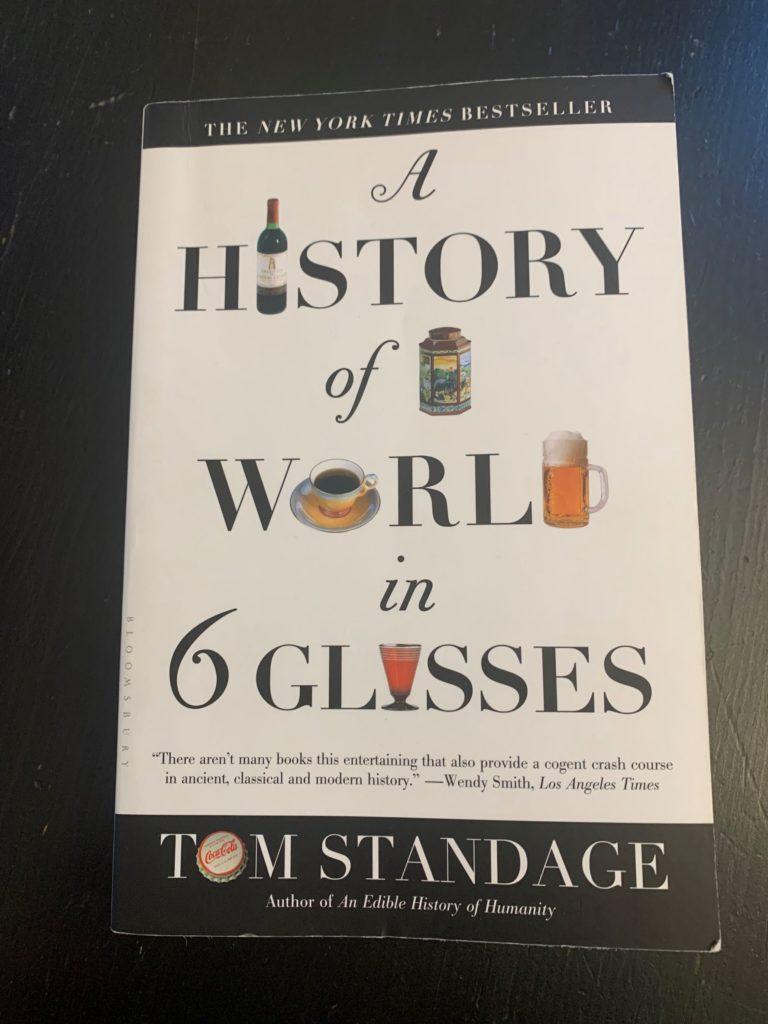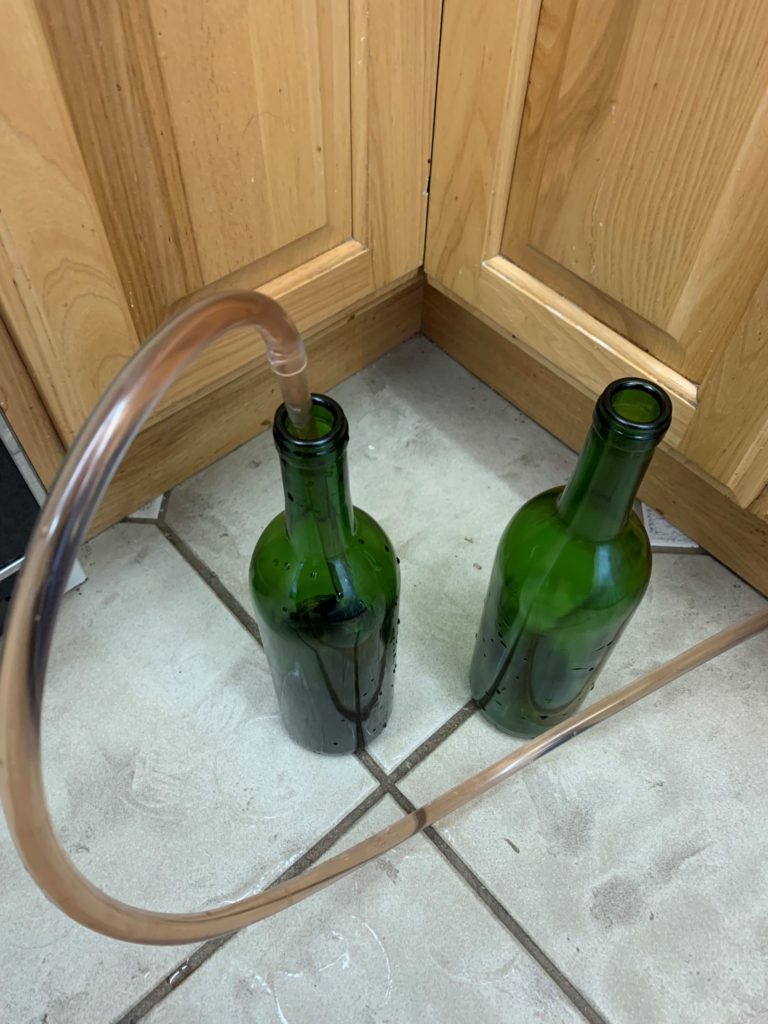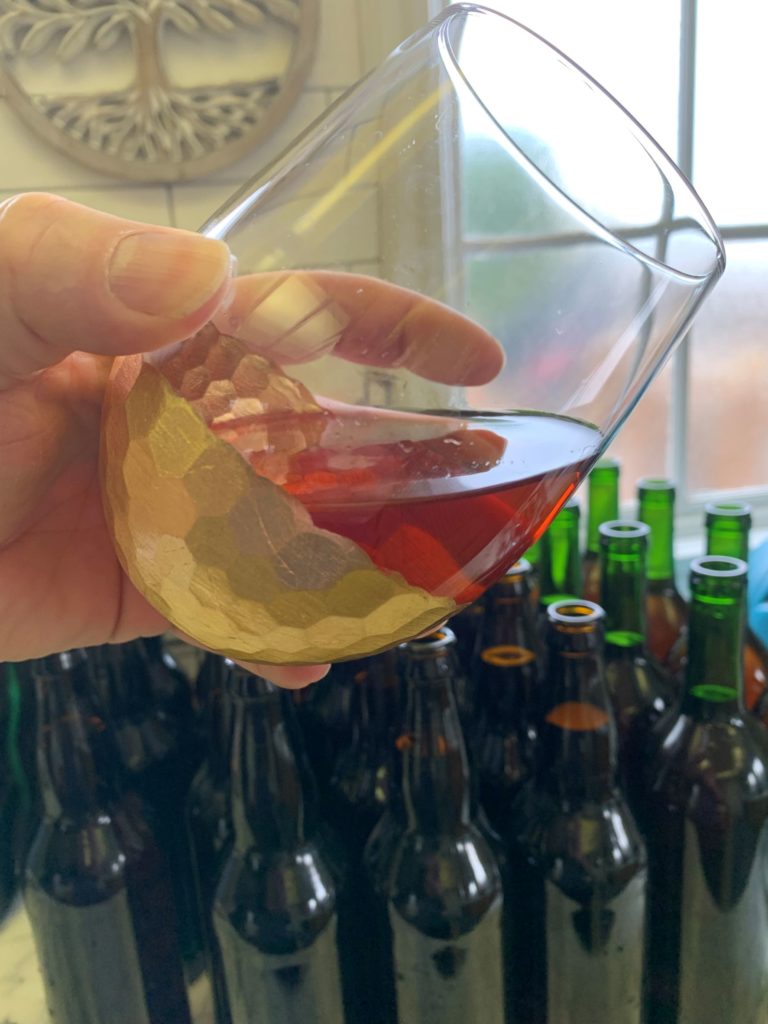Sometimes I get lazy and put up books that I have read because it is convenient not necessarily because I thought that it was interesting. This is not one of those times, I was fascinated with the concept from the title through the end.
A History of the World in 6 Glasses by Tom Standage proposes a world view of history through six different drinks. I don’t think I am giving away too much by listing them as beer, wine, spirits, coffee, tea and Coca-Cola. It isn’t a long or difficult read by any means. The book is 250 pages and takes the position of reader as a novice.

If you were looking for an anti-racist approach, you will be sorely disappointed. This really takes the approach of history through the drink. For instance, I think that tea gets a little short shrift. The book is the western perspective about the tea trade and proliferation of tea through the British Empire with only a handful of pages before that. So, it is not totally ignored but what a fascinating perspective that the British Empire was fueled on tea.
I think part of the fascination of this book for me is the transition of one drink to another. This is the explanation of how one drink overtook the other. A lot of it had to do with rise and fall of empires but what a unique take to frame them through drink. I thought that it was particularly interesting about how the political decisions drove economic activity and made or broke empires.
Another wildcard for me was how a brand came to represent an empire. I don’t know if I totally buy the premise however I certainly understand how the brand represented a philosophy and the philosophy symbolized a way of thinking and a way of doing. It was that thinking and doing that was novel and therefore the empire grew as a result of a better idea.
Since the book is short and the it is all about history which of course is already known, I don’t want to spoil the remaining secrets that are within. I definitely had no problems keeping up and reading the book. I didn’t find it dry in the least. For that, I would say that if you run across a copy, it is definitely worth reading.
End Your Programming Routine: It isn’t that often that someone gives you a book that they haven’t read that actually turns out to be good. From that standpoint, I wouldn’t have taken it if I didn’t think that it looked interesting from reading the jacket. For me, the programming is looking at things the same way, over and over. This is not that. This is looking at history by aggregating events through the perspective of a drink. What a novel concept.




Recent Comments